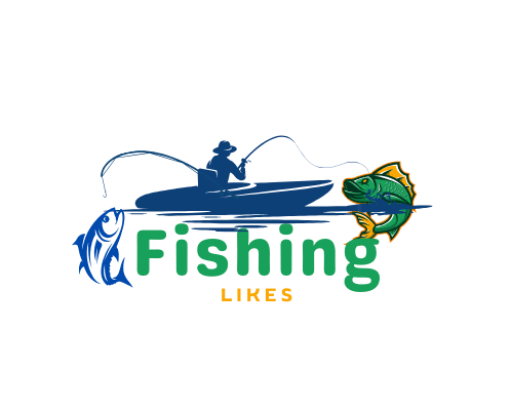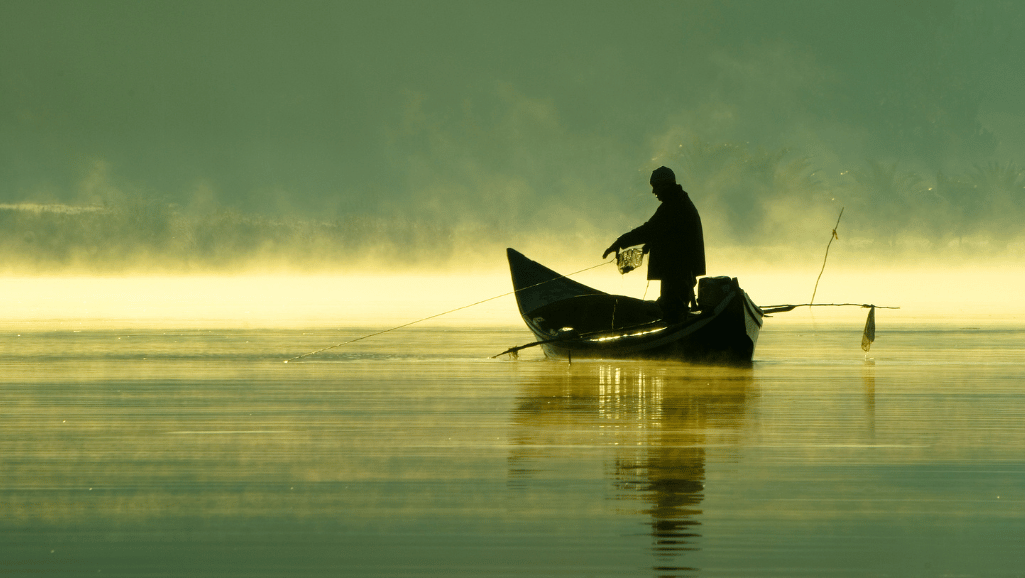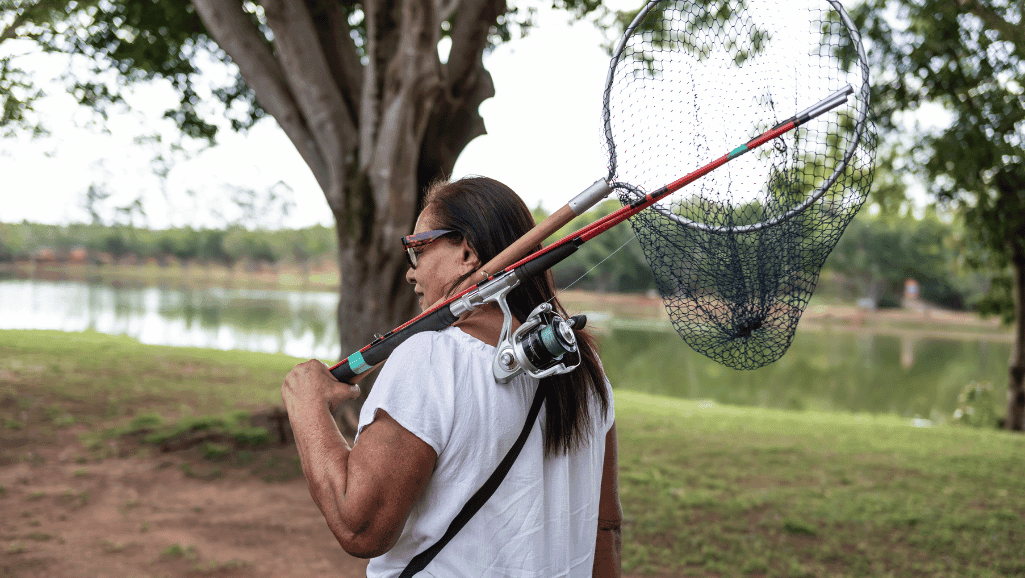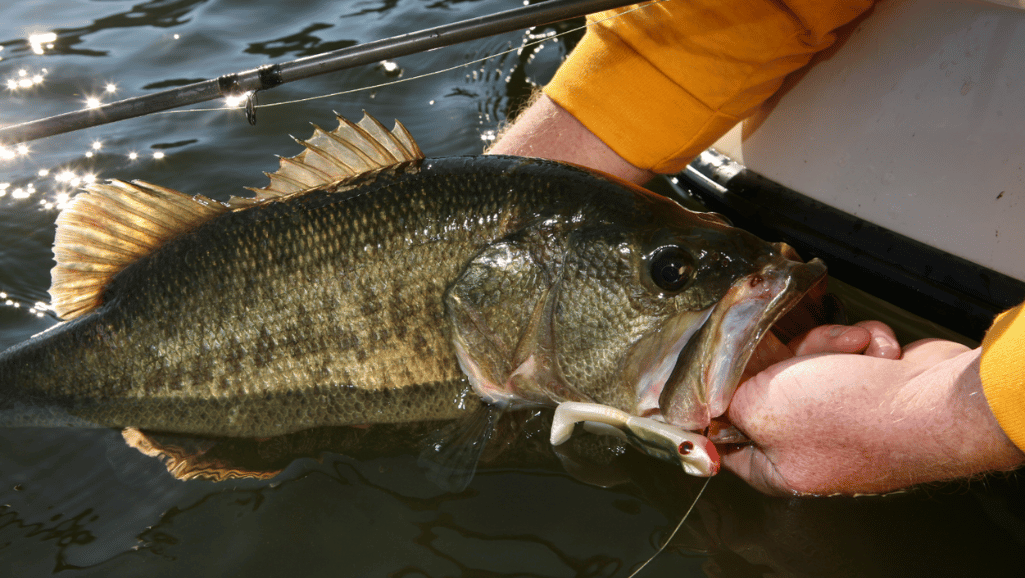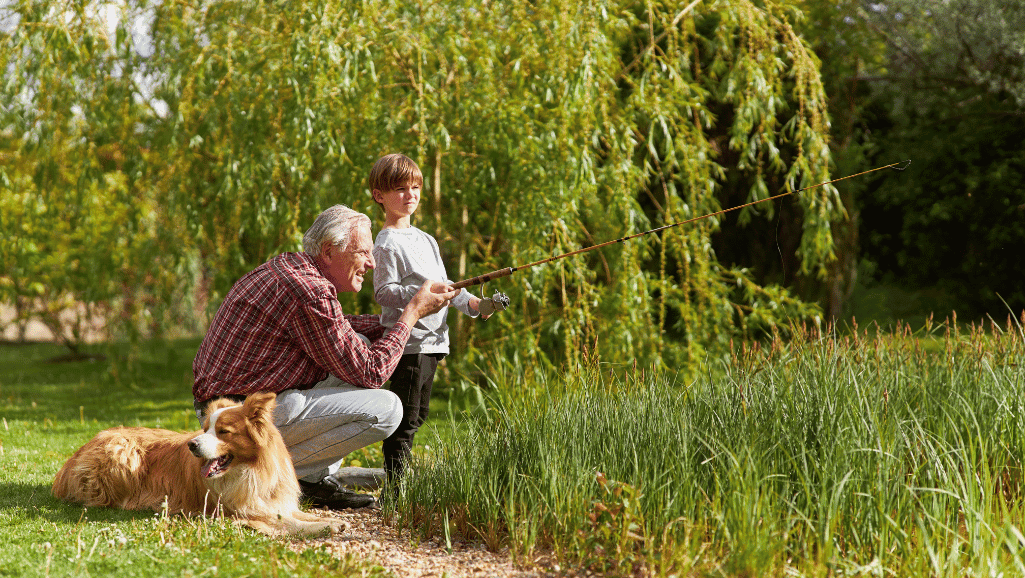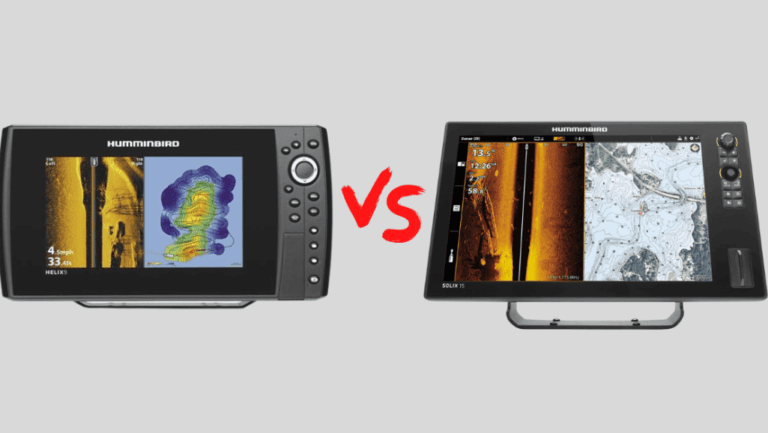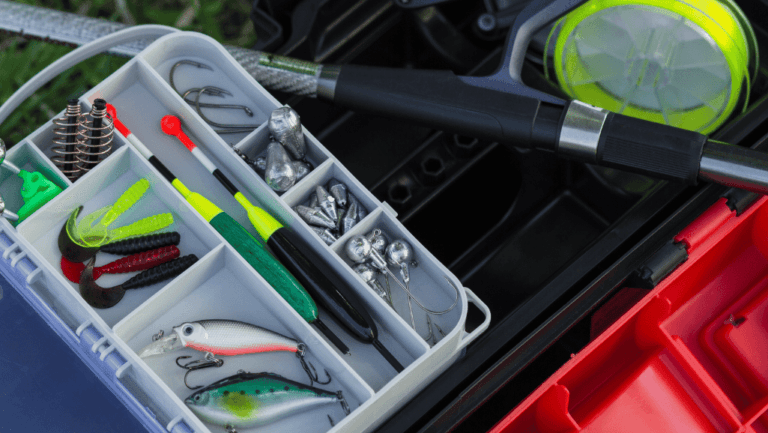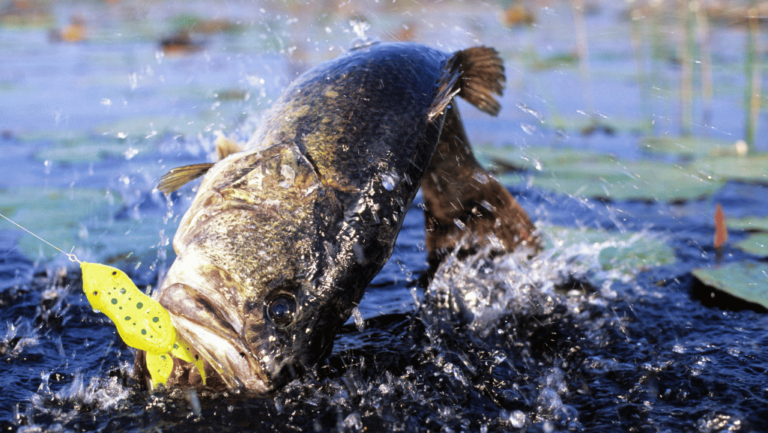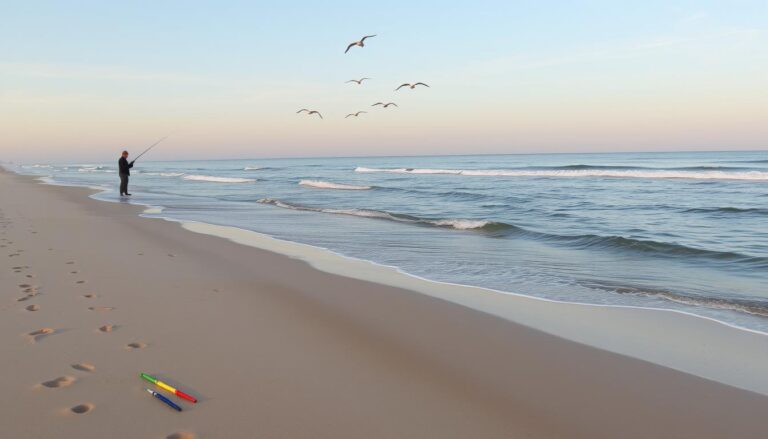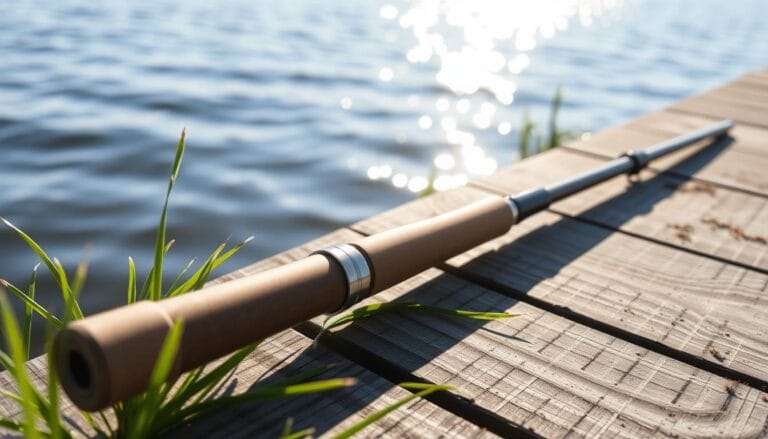For anglers looking for a great catch, knowing the optimal fishing hours is key. Seasoned and new fishermen agree that the prime fishing hours match nature’s rhythms. This means the best times are just after dawn and just before dusk.
At these times, fish are more active, giving anglers a better chance to catch a lot. Experts say these peak fishing periods depend on many things like water temperature and the moon’s phases. Nighttime also has its own special fishing opportunities, especially for species that hunt in the dark.
Planning your fishing trips during the optimum fishing times is a smart move. It’s based on years of experience and advice from experts. Patrick McManus once said, “The two best times to fish is when it’s raining and when it ain’t.” Today, anglers use apps on their phones to keep track of their fishing. These apps help them understand fish behavior and where to fish best.
Key Takeaways
- Early morning or late evening are the best times to go fishing, especially an hour after sunrise or an hour before sunset.
- Recording fishing experiences in logs can unveil intricate behavioral patterns critical for successful angling.
- Technological aids, such as apps, are invaluable for maintaining detailed records of fishing expeditions.
- Seasonal variations play a pivotal role in determining the optimum fishing times.
- Environmental cues such as weather conditions, barometric pressure, and lunar cycles are essential for planning prime outings.
Night fishing is an effective technique for certain species that are more active after dark.
- Keeping abreast with trusted sources like the Farmer’s Almanac can inform you of the most fortuitous fishing days of the year.
Understanding Fish Behavior and Optimal Fishing Conditions
To make a fishing trip better, knowing how fish act and the best fishing times is key. Weather, time of day, and seasons affect fish activity. This affects when it’s best to fish.
Fish react to temperature changes during the day, changing their eating habits. In the early morning and late evening, when it’s cooler and less light, fish are easier to catch. In the middle of the day, they move to cooler, deeper spots as it gets warmer.
Weather impacts fish too. On clear, calm days, fish might be less active. But on overcast days with a bit of wind, they move around more. Knowing how weather changes affect the water can help you catch more fish.
Seasons change fish behavior. Spring has unpredictable feeding times, while summer sees more activity in the morning. Fall is great for fishing because the weather is steady and fish are active. For example, spring is the best time for catching largemouth bass. Using the right bait, as explained here, can really help.
| Season | Behavior Patterns | Optimal Conditions |
|---|---|---|
| Spring | Sporadic feeding, migration towards shallow waters | Mornings, pre-spawn period |
| Summer | Increased surface activity, dawn feeding | Early morning before sunrise |
| Fall | Aggressive feeding in preparation for winter | Stable, mild weather conditions |
| Winter | Reduced metabolism, deeper waters | Midday when sun is highest, shallow water pockets |
Knowing how fish act during the day can help you pick the best times to fish. For example, bass are most active in the early morning and late afternoon in freshwater. This makes catching them easier.
Matching your fishing trips with fish behavior during different weather and times can really boost your chances of catching fish. Learning about the best fishing times can turn a regular fishing trip into a great one.
The Impact of Tides on Fishing Success
The tides play a big role in fishing success. Knowing how tides affect fishing is key for both new and experienced anglers. Tides, caused by the moon and sun’s gravity, move marine life. This makes planning your fishing trips important.
Interpreting Tide Tables for Prime Fishing Hours
For those who love to fish, using a fishing times chart is crucial. These charts show high and low tides. They help anglers find the best times to fish.
High tides mean strong tides and more fish movement, which can lead to better catches. Low tides, with less fish movement, might make fishing harder.
How High and Low Tides Influence Fish Activity
High tide fishing is often better as fish move to shallower areas to feed. This makes them easier to catch near structures like docks and reefs.
Low tide fishing has its own challenges and chances. Some areas become too shallow, pushing fishing to deeper spots. But, fish are easier to target in these areas because there’s less space for them to hide.
Knowing about seasonal changes is also important. Mild winters can be great for catching redfish, for example. A fishing season calendar helps plan the best times to fish for different species based on tides and other factors.
By matching your fishing trips with the tidal influence on fishing and using a fishing times chart, you can improve your chances of a successful day. Every tide movement can signal a good time to fish, leading to a rewarding catch.
Prime Fishing Seasons Throughout the Year
Knowing the top fishing seasons is key for both new and seasoned anglers. Each season brings unique chances and challenges that affect your fishing success.
Spring is when many fish become more active, making it a great time to fish. Summer brings warm waters that make fish more active and hungry. This is the best time for catching warm-water fish.
Fall is when fish eat a lot before winter, making them easier to catch. Winter fishing is tough but rewarding for those who plan well. Knowing where fish live in cold water can help you catch them.
For beginners or those wanting to get better, learning basic fishing techniques and gear is a big help. It makes fishing better in any season.
Here’s a quick look at when you can catch different fish:
| Fish Species | Peak Months | Ratings |
|---|---|---|
| Chinook Salmon | July, August | Great |
| Steelhead/Rainbow Trout | January, February, April | Great/Good |
| Lake Trout | April to October | Excellent |
| Walleye | May to August | Great |
| Smallmouth Bass | June to September | Optimal |
| Northern Pike | May to October | Good |
Remember, the best fishing seasons can change based on where you are and the water you fish in. Always check local fishing reports and weather to find the best fishing spots every season.
Best Times To Go Fishing: Aligning Your Schedule with Nature
To make your fishing trips better, match your fishing with the best fishing times by location. Knowing when fish are most active is key. For example, fish are usually most active at dawn and dusk when it’s not too bright.
Clouds can also make fishing better by keeping the light soft all day. This makes fish more active for longer. Also, if the weather is steady before you go fishing, you’re more likely to catch something. Fish don’t like sudden changes in the weather, so plan your trips when the weather is calm.
- Fish are most aggressive during dawn and dusk, coinciding with lower light conditions.
- Moon phases, such as new and full moon, significantly affect fish activity, guiding the top fishing periods.
- Stable weather conditions over several days usually improve overall fish activity and feeding patterns.
Using nature’s patterns in your fishing plan is key. For example, fishing during major and minor moon phases can make fish more active. The new moon is a great time for night fishing because nocturnal fish like catfish are out more.
For more info on how the moon and sun affect fishing, check out Fishing Reminder. They use Solunar Theory to find the best fishing times. This helps you plan your fishing trips to match nature’s rhythms for the best fishing times by location.
By fishing when nature is most active—like during the right light, stable weather, and moon phases—you’ll catch more fish. Adjust your fishing plans to include these factors for better results during the top fishing periods.
Weather Patterns and Fishing: Making the Most of Each Condition
Knowing how weather affects the water helps anglers find the best fishing spots. Each weather type offers both challenges and chances to catch more fish. It’s key to adjust your fishing plans for the best results, whether it’s sunny or rainy.
Fishing During Calm and Sunny Weather
Sunny days might seem perfect for fishing, but they can be tough. Fish often hide in deep, cool water or under shadows. To do well, fish in the cooler parts of the day and look for shaded spots.
The water temperature, between 68-72 degrees Fahrenheit, is crucial for fish activity. So, sunny days require a smart approach to catch fish.
Heavy Rainfall: A Blessing for Successful Angling?
Heavy rain might not sound great for fishing, but it can be good. Rain brings nutrients and small prey into the water, making fish more active. This means fish like pike and bass are easier to catch.
Also, the rain helps hide anglers from fish, giving a unique advantage. Moderate rain can lead to a feeding frenzy, making fishing exciting.
Changes in barometric pressure affect fish too. A drop in pressure can make fish more active and hungry. But high or low pressure can make them less active.
Rain can make the water murky, which is tough for sight fishing. But it also makes fishing better in clear waters. This shows how the right understanding of fish behavior can turn bad conditions into great fishing times.
By watching the weather and knowing how it affects fish, anglers can have successful fishing trips in any condition. This turns weather challenges into chances for great catches.
Top Fishing Destinations and Their Peak Seasons
Fishing lovers look for the best top fishing spots around the world. Each spot has its own best times to fish, known as prime fishing seasons. Knowing when to go can help anglers catch those ultimate fishing moments. Here’s a guide to some top places and when to visit them.
- Chesapeake Bay, Maryland: Renowned for year-round fishing opportunities.
- Key West, Florida: Optimal for deep-sea fishing in spring and early summer.
- Outer Banks, North Carolina: Best visited for tarpon fishing, though the specific prime season requires local consultation.
- Columbia River Gorge, Oregon: Prime times for fly fishing are in May and October.
- Kenai Peninsula, Alaska: Summer marks the peak season for king salmon.
- Kodiak Island, Alaska: June through August are prime months for halibut fishing.
- Maui, Hawaii: Excellent for Mahi-mahi fishing in the fall, winter, and spring.
- Iztapa, Guatemala: Peak sailfish season runs from November to April, with impressive daily catches.
- Islamorada, Florida Keys: Noted for its sailfishing, especially from late winter to early spring.
- Great Abaco, Bahamas: Experiences a peak blue marlin season from April through July.
- Venice, Louisiana: Known for diverse species like redfish, speckled trout, black drum, and flounder, best fished seasonally in the bayous and marshes.
- Hatteras, North Carolina: Offers excellent offshore fishing for white marlin and sailfish throughout summer and early fall.
- Andros Island, Bahamas: Provides superb fishing for bonefish, permit, sharks, snappers, and groupers in its various aquatic terrains.
- Punta Cana, Dominican Republic: The marlin bite peaks from mid-April to early July.
- Panama’s Pacific coast, near Tropic Star Lodge: Seasonal fishing for black and Pacific blue marlin is best from January to February and July through December.
These places offer more than just fishing; they give you unforgettable experiences in beautiful settings. Whether you’re fishing in the calm waters of the Outer Banks or battling a marlin off Panama’s coast, knowing the prime fishing seasons can make your trip unforgettable. It can turn a simple fishing trip into the ultimate fishing moment.
Harnessing the Moon Phases for Peak Fishing Times
The lunar impact on fishing is big, affecting fish behavior and availability with the tides. Each moon phase, from new to full, changes water movement and fish activity. This means anglers see different success levels.
How the Lunar Calendar Affects Fish Behavior
Looking at the lunar calendar shows that prime fishing days often happen at new or full moons. These times cause big tidal movements, making fish more active. Studies say during full and new moons, fish feed more because of the water movement and bait.
Key Dates: Fishing by the Moon for Ultimate Success
*Moon phase fishing* uses these natural cycles to know when fish are most active. The Farmer’s Almanac and many fishing records say the best times are during the new and full moon phases. Bass fish are more cooperative during strong tides.
To plan your fishing trips well, check a fishing calendar that includes these details. This way, you’re more likely to catch fish and match the aquatic ecosystem’s natural patterns.
| Moon Phase | Expected Fish Activity | Best Tactics |
|---|---|---|
| New Moon | High | Use brighter lures and target deeper waters |
| Full Moon | Very High | Focus on night fishing and vibrant baits |
| First and Last Quarter | Moderate | Adjust timings around minor tides, shallower waters |
Understanding these patterns helps fishers use the prime fishing days well. This leads to better fishing experiences. Remember, the guide on how to catch fish also suggests choosing the right gear and adapting to fish behavior in different conditions.
Best Fishing Months: A Monthly Guide to Maximum Catches
For anglers looking to catch more fish, a best fishing calendar is key. Knowing the monthly fishing forecast can really boost your chances of a great catch. Fish act differently with the seasons, making some months better for certain fish. Here’s a guide to the best months for catching different fish, helping you plan your fishing trips during peak fishing hours.
| Month | Key Species | Availability |
|---|---|---|
| May | Smallmouth Bass, Walleye | Excellent (Spawn peak) |
| June | Blue Fin Tuna, Yellowtail, Calico Bass | Great |
| July | Yellow Fin Tuna, Dorado, Yellowtail | Excellent |
| August | Dorado, Blue Fin Tuna, Yellowtail | Excellent |
| September | Tuna, Dorado, Yellowtail | Good |
| October | Yellow Fin Tuna, Halibut | Good |
| November | Rock Cod, Halibut | Fair |
| December | Rock Cod, Calico Bass | Fair |
Summer months are great for fishing, especially for Marlin, Mahi Mahi, and Tuna. Places like the Coronado Islands and San Clemente are famous for deep-sea fishing. These spots offer lots of peak fishing hours during the summer.
For freshwater fishing, spring at Lake Powell is amazing for bass. May is a top month for freshwater fishing because of the perfect water temperature and the spring spawn. Anglers often catch 50 to 100 fish in a day, showing how important timing is.
Whether you’re fishing alone or with friends, knowing the monthly fishing forecast helps you find the best spots. Always check local rules to make your fishing trip better and more successful.
Fishing Time Chart: Daily and Seasonal Strategies
To make the most of your fishing trips, it’s key to know how weather, moon phases, and fish behavior change the optimal fishing times. This info helps you plan the ideal fishing schedule and gives you the edge to catch more fish at the perfect fishing timing. Let’s explore how expert advice can help you figure out when and where to fish best.
Creating Your Ideal Fishing Schedule Based on Expert Analysis
Using expert advice and environmental patterns can boost your fishing. By looking at temperature changes, moon phases, and breeding cycles, you can make a fishing plan that fits the fish’s needs. Local experts can also give you tips on where and when certain fish are most active, making your trips more successful.
Analyzing Patterns for Perfect Fishing Timing
Knowing when different fish are active is key to fishing well. Here’s a quick guide to fish activity throughout the year to help plan your trips:
| Month | Fish Activity |
|---|---|
| January | Bass, Bluegill, Catfish, Peacocks |
| February – April | Consistent presence of Bass, Bluegill, Catfish |
| May – July | Bass, Bluegill, Catfish, Tilapia, Sunshines |
| August – October | Peacocks, Redear, Specks, Stripers |
| November – December | Bass, Bluegill, Catfish, Peacocks |
Use this info, along with weather and expert advice, to create a definitive fishing time guide. The best fishing often comes from combining nature’s clues with local knowledge.
For better fishing, watch the weather and tides too. A drop in barometric pressure can make fish more active. Fishing early in the morning or late in the evening can also increase your chances of catching fish, as many species feed during these times.
Plan your fishing trips carefully with a detailed fishing time chart for a rewarding experience. With these tips, you’re ready for a great fishing season.
Angler Insights: Pro Tips for Planning Your Fishing Trips
Successful fishing is more than just showing up. It requires strategic planning and following prime fishing tips. Experienced anglers use fishing time table strategies to improve their fishing trips. Here are key tips for both new and experienced fishermen to make their trips better.
Choosing the right ideal fishing days is key. Spring, especially late afternoon to dusk, is great for fishing. The water is warm, and fish are active. Summer mornings are also good before the sun makes fish seek cooler depths.
Fall has its own pattern, with slow early mornings but good catches in the early afternoons. Late fall midday fishing can be rewarding as fish act before the cold hits.
- Species Preference: For beginners, try saltwater fishing with redfish and bonefish.
- Gear Essentials: For a trip to Mexico, consider bringing 7wt, 8wt, (2) 9wts, and an 11wt rods.
- Travel Tips: Keep rods and reels in a case as carry-on luggage to protect them.
Accurate casting is key, not just how far you cast. Practicing your casting can greatly increase your chances of catching fish. Using teamwork strategies like the “Bow Clock” can also help you work better with your guide. This improves line management and casting skills.
Staying positive is crucial in saltwater fishing. It can be tough, but a good attitude helps. With over seven years of saltwater fishing, every cast is a chance to learn and improve. Stay calm and focused to make the most of it.
The best fishing plans combine knowledge of the best times and tactics with local conditions and your schedule. This approach makes your fishing trips rewarding.
Conclusion
Finding the best times to fish is a mix of art and science. Every good angler knows that optimal fishing conditions come from careful planning and observation. When we match the fishing forecast with our plans, we increase our chances of catching a lot of fish.
Early morning and late evening are great times to fish. These times are full of activity and potential catches. Each part of the day has its own special moment for fishing.
Seasons change and so does fishing. Spring afternoons are lively with fish eating insects. Summer mornings are cool and perfect for fishing before it gets hot. Autumn is urgent, with fish preparing for winter, and winter offers warmth that makes fish bite.
The fishing forecast also looks at weather and the moon’s effect on tides. These things are key for knowing the best times to fish.
Fishing is about being in tune with nature. It’s a mix of knowledge and feeling. By paying attention to weather, moon phases, and peak angling hours, anglers can improve their chances of a great fishing trip. But, even the best plans can change. Success in fishing is about learning and finding peace on the water.
